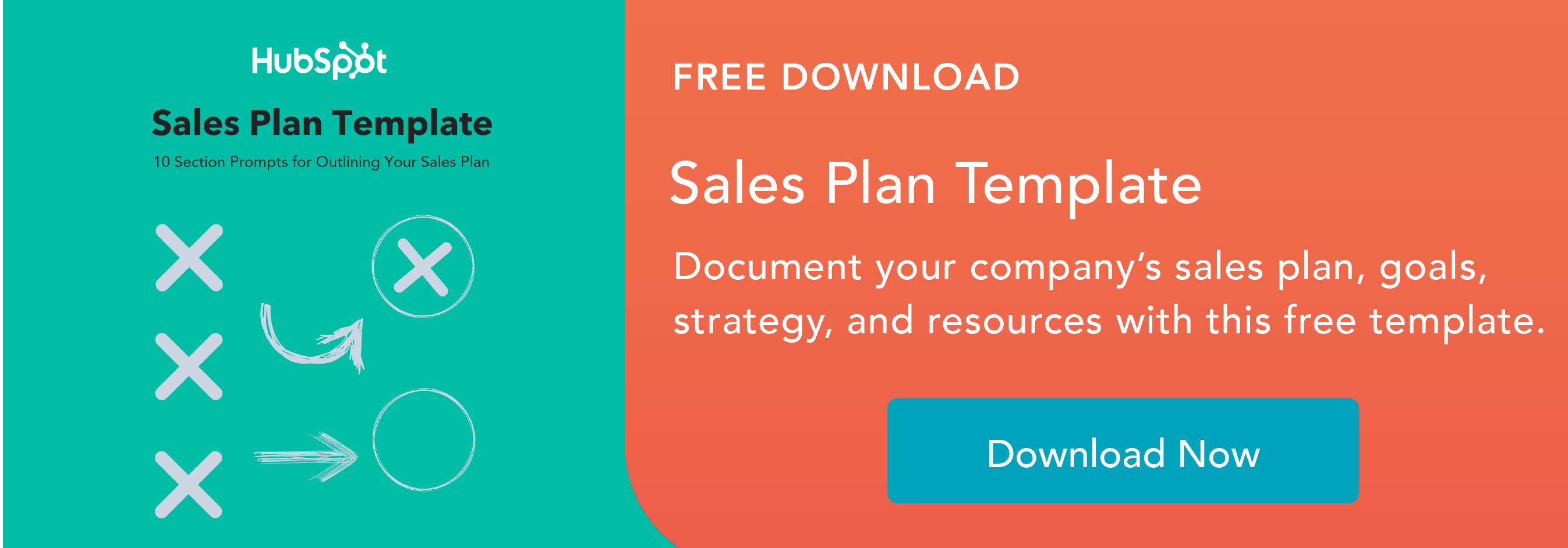What is demand planning?
At its most fundamental, demand planning is getting ahead of the anticipated volume by preparing for upcoming sales. Where sales forecasting predicts what to expect in terms of revenue and sales, demand planning ensures you have the proper resources to successfully fulfill those sales.
Demand can support the sale of physical products, like filling purchase orders, or extend to labor for services or development, like properly staffing your support team.
Demand Planning vs. Demand Forecasting
A common challenge that trips a lot of businesses up is the difference between demand planning and demand forecasting. Demand forecasting is a necessary part of demand planning, however demand planning encompasses a much wider scope. Demand forecasting is considered the pure analytics behind demand planning, and an important part of the demand planning process.
Demand planning is when cross-functional collaboration comes into the picture. Forecasts are analyzed, inventory adjusted, and customer support is staffed for demand and educated on any policy changes.
Why is demand planning important?
Increasing sales is great, but if you can’t keep up with the demand, those increased sales may be worse for your business long-term.
Without planning, customers will wait much longer than expected for their products, or wait way too long to get help from your understaffed team. In other words, poor demand planning can contribute to poor customer experience. When customer experience suffers, customers are far less likely to become repeat customers or recommend your brand to family and friends.
Instead, they are far more likely to speak ill of your company, brand, or product on social media and review sites. Failing to properly invest in demand planning can have long-lasting negative implications on your business.
On the other side hand, if you don’t have a refined demand planning process that’s built around data analysis and cross-team collaboration, you could also wind up with too many resources. Overstaffing and overstocking are both costly mistakes, even in the short-term.
Based on the long term business implications of poor customer experience, and the short-term budgetary implications of overstaffing and overstocking, demand planning becomes a critical facet of any sales operations strategy.
The Demand Planning Process
Step one: Hire a psychic.
All jokes aside, it is worth noting that demand planning involves forecasting future business, which comes with a certain amount of uncertainty. No one is able to predict the future with 100% accuracy (no, not even psychics), so some of your demand planning will undoubtedly be off. The question becomes “by how much?”
Demand planning is not an easy process and takes a great deal of fine-tuning and experience. Fortunately, there are certain steps you can take to make planning for the future state of your business a bit more predictable.
The three basic steps to demand planning are:
- Collect and analyze your data.
- Define business goals.
- Collaborate across teams.
1. Collect and analyze your data.
Clean, relevant data supports the foundation of a strong demand planning strategy, but that data can come from a variety of different sources. This is the part of the process that is also known as demand forecasting. Let’s break down the types of data and forecasting many businesses encounter.
Historical Data
Historical data is the simplest indicator of how your business might do during any given month of the year. It simply shows you how much you sold last year, and if that fluctuates annually.
A good example of how historical data can help with demand planning is seasonality. Increased business over the holidays and decreased business over the summer is a great data point to start making demand-based assumptions off of.
Contextual Data
Contextual data takes historical trends and adds context from the current market. An example of contextual data might be the effects of COVID-19 on brick-and-mortar businesses vs. online retailers, or if new legislation suddenly made it requisite to utilize your product.
Sales Forecasting
Sales forecasting can show existing opportunities in the pipeline and make predictions on what’s likely to happen with those opportunities based on past performance.
If you have 2000 leads in the pipeline, typically bring 13% of those leads into an opportunity, and can close 6% of those opportunities to a deal, you can predict 15 customers coming in soon. If your leads require an enterprise-level touch and you only have a single account manager taking on the load, that can be a lot of demand to account for.
Looking at raw data on its own may not give you the insight you’re looking for. However with analysis and proper context, numbers can turn into valuable insights.
By looking at all three sources above in tandem, your level of understanding will increase, driving you to the next phase of demand planning: defining business goals.
2. Define business goals (and KPIs to measure success).
After analyzing your data, you might come to some actionable conclusions. Here’s an example of a statement that could be parsed together from historical, contextual, and sales forecasting data.
Customers will be taking more online courses this fall, and fewer in-person workshops.
Historically, the company may know customers take more classes in the fall. Contextually, fewer people are taking classes in person due to COVID-19. As far as sales forecasting goes, they may have already seen a drop in the in-person workshop pipeline and an increase in online sign-ups.
This insight is a great compass to help point to and define larger business goals. Translating the insight from above into business goals, you might come to a conclusion such as:
This fall, we aim to drive 90% of would-be in-person workshop attendees to our online courses.
Now, we have a business goal to plan demand behind.
3. Collaborate across teams.
Accomplishing these goals takes teamwork, which requires buy-in from leadership in multiple departments. It’s important to make sure all key stakeholders are briefed on the demands, and what their part is in meeting those demands.
Product teams, for example, need to be looped in to know what they need to deliver, and when. Support teams, on the other hand, need to be in the loop to staff accordingly, and train their team on any new changes the demand brings with it, such as operational process or policy changes. Different departments will need to adjust accordingly to accommodate the anticipated surge (or reduction) in demand, so it’s imperative everyone is in the loop.
From our example, this company might reduce the number of in-person workshop classes (saving money on space and labor) and increase online courses. This might increase demand in customer support as students and teachers are learning to work on a new platform. Product teams may need to build new functionality to accommodate more online courses, and engineering may need to make backend adjustments to keep up with the increase in the online load.
Demand Planning Software
All of this likely seems a bit daunting if you don’t have the right tools and software in place. Tools like HubSpot aggregate insights across marketing, sales, and service teams to pull the right data together for forecasting, and make sure informational silos don’t keep any department out in the cold when it comes to collaborating across teams.
Sales Operations

.jpg)


.png)


![A Look at Sales Budgets & the 7 Steps to Creating One [+ Templates]](https://53.fs1.hubspotusercontent-na1.net/hubfs/53/Sales%20Budget%20(1).jpg)


.jpg)

